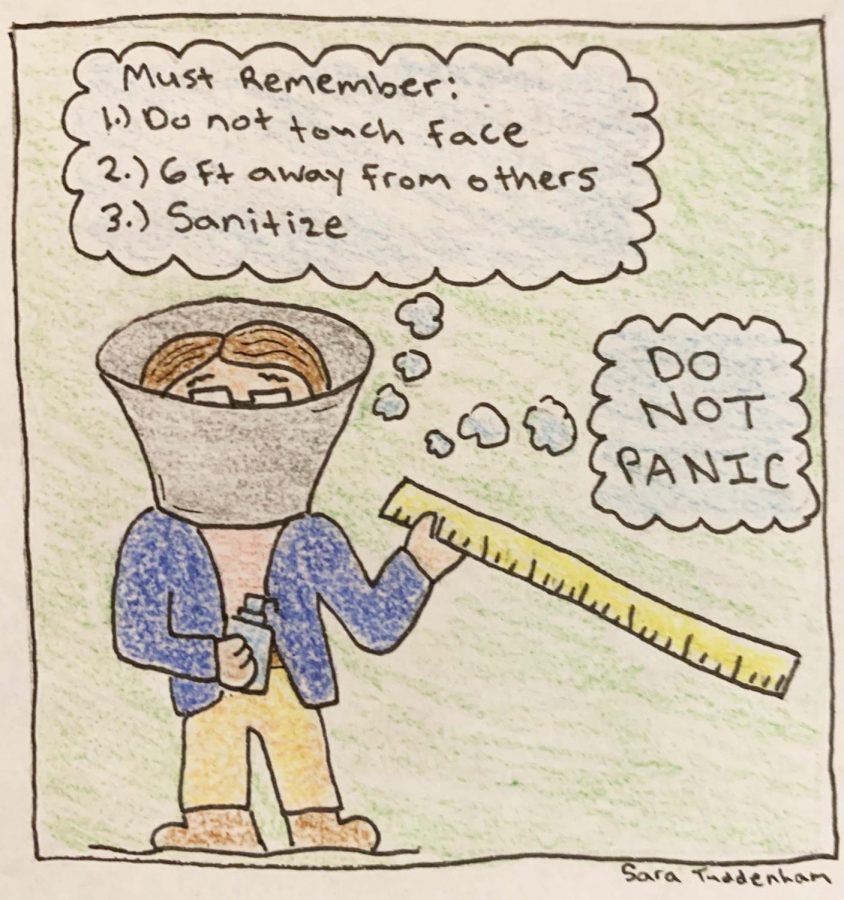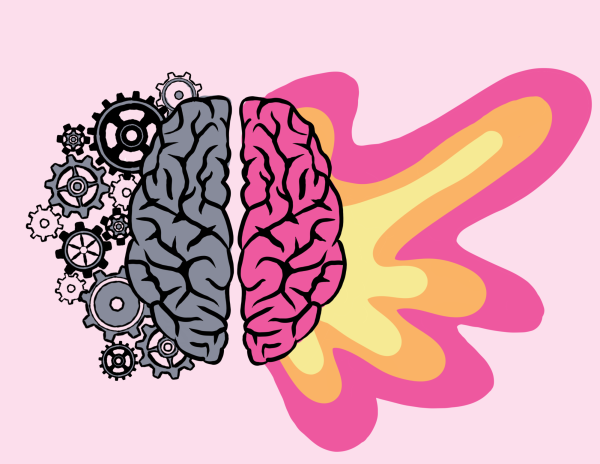Coronavirus Catastrophe
It started with two in Wuhan, China. Two turned into 113,000 worldwide in a matter of months.
The coronavirus has instigated a mass fear of a spreading death sentence, having reached 108 countries, including the United States.
The World Health Organization (WHO) hopes to avoid classifying the outbreak as a pandemic. The primary difficulty is distinguishing the symptoms of the coronavirus with symptoms of other respiratory diseases. The coronavirus outbreak is currently classified as an epidemic, meaning it is concentrated in the specific region of mainland China.
The Ebola virus is considered to be an epidemic, primarily found in Africa. The Zika Virus is also classified as an epidemic, native to Brazil. These viruses only reached the United States in isolated incidents.
Consequently, the coronavirus is uncharted territory.
The United States has found 973 citizens, in 37 states, ill with the coronavirus. Still, many researchers claim the coronavirus is no worse than the flu.
“Pandemos is a concept where there’s a belief that the whole world’s population would likely be exposed to this infection and potentially a proportion of them fall sick and we’ve seen that in influenza,” executive director of the World Health Organization’s health emergencies program, Dr. Mike Ryan, told CNN.
As the WHO works to avoid pandemic proportions at all costs, people simply continue to hope that the coronavirus proves less dangerous than the flu.
The Centers for Disease Control and Prevention (CDC) reports that of the 75,000 coronavirus patients, resulting in 2,000 deaths, the flu has infected 26 million people, leading to 14,000 deaths. Both the flu and coronavirus manifest in the same symptoms, resulting in respiratory ailments, fever, and, in the worst cases, the viruses lead to pneumonia.
The fear surrounding the coronavirus is simply due to the fact that the virus itself is a mystery. There is no concrete proof about how the disease is spread and contracted, how long the disease’s incubation period seems to be, and, most worrisome, how close scientists are to a vaccine.
Although officials in the United States have announced a vaccine trial beginning within the next month, the trouble still remains in when the vaccine will be deemed safe for mass production, generally taking years to perfect. However, one company is attempting to accelerate the process to have a vaccine ready for use by the fall.
“Despite the morbidity and mortality with influenza, there’s a certainty … of seasonal flu,” Dr. Anthony Fauci, director of the National Institute of Allergy and Infectious Diseases said in a White House press conference. “The issue now with [COVID-19] is that there’s a lot of unknowns.”
People are searching for a miracle of how to stop this virus from becoming a pandemic. As Italy faces a spike in sickened coronavirus patients, the world waits with baited breath to react.
Italy represents a tipping point in whether this virus will become a pandemic, leaving the world lost in fear. The United States currently braces for the impact of the virus, expecting a catastrophic outcome as sanitizers and alcohol become scarce.
Ultimately, the coronavirus stands to either divide the world in fear or bring people together to avoid the extent of the virus’s capabilities.











